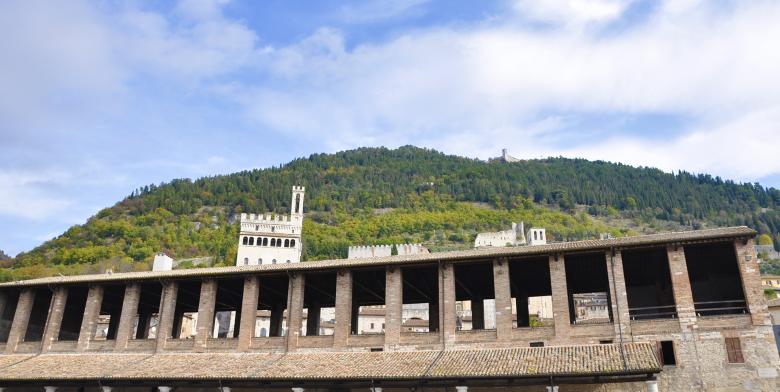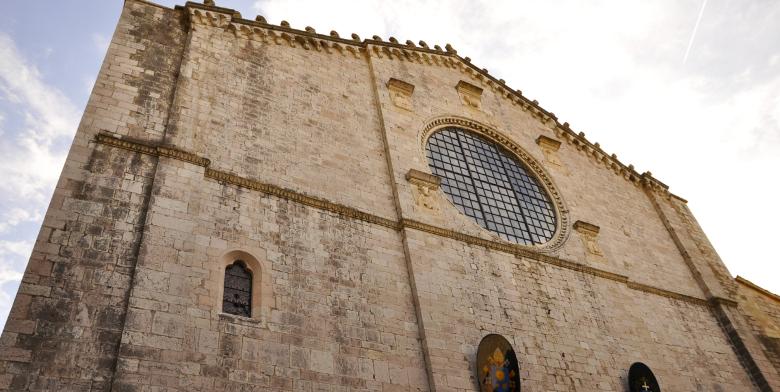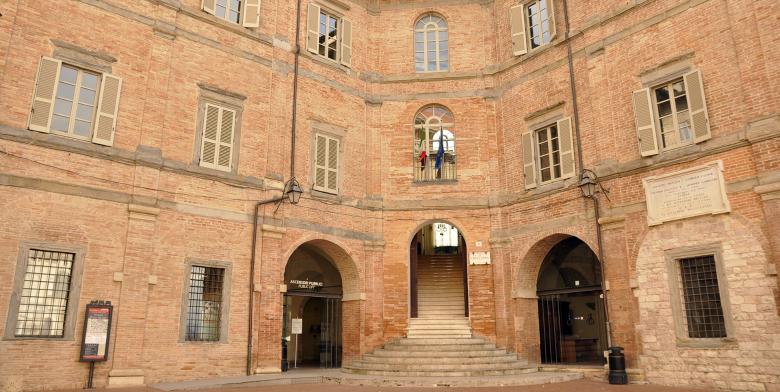Consuls Palace and the Civic Museum
The Consuls Palace was built between 1332 and 1349 according to a design by Angelo from Orvieto with the contribution of Matteo di Giovannello, called the Gattapone.
This rectangular shaped building has a high Gothic momentum accentuated with vertical pilasters dividing the front in three distinct parts.
Its halls have been hosting the Civic Museum collections since 1909.
The Museum collection has been set up on different floors and illustrates local history and culture, from the prehistory to the 20th century. The Iguvine Tablets are of absolute importance; these seven bronze slabs record the main existing text written in the ancient Umbrian language and the longest description of ancient religious rites ever given by the Western World.
The Tablets represent the heart of one of the richest Umbrian archaeological collections with finds dating back to the Umbrian and Roman age.
The so-called Hall of Loggetta hosts the ceramics section, ranging from the archaic majolica (14th century) to 19th century artefacts.
On the upper floor houses the Municipal Picture Gallery that illustrates the local artistic culture from Middle Ages to Baroque.
Palazzo Pretorio
In front of the Consuls Palace is the incomplete Gothic architecture of Palazzo Pretorio (1349), modified in 1475 and again in 1600, originally made up of three wide overlapped halls, each of whom covered with cross vaults resting on a single central pillar; it was enlarged in 1800 and is now the municipal seat.
To the left, the square is closed on the North-East side by the neoclassical Ranghiasci-Brancaleoni palace combining pre-existing buildings according to English models.































